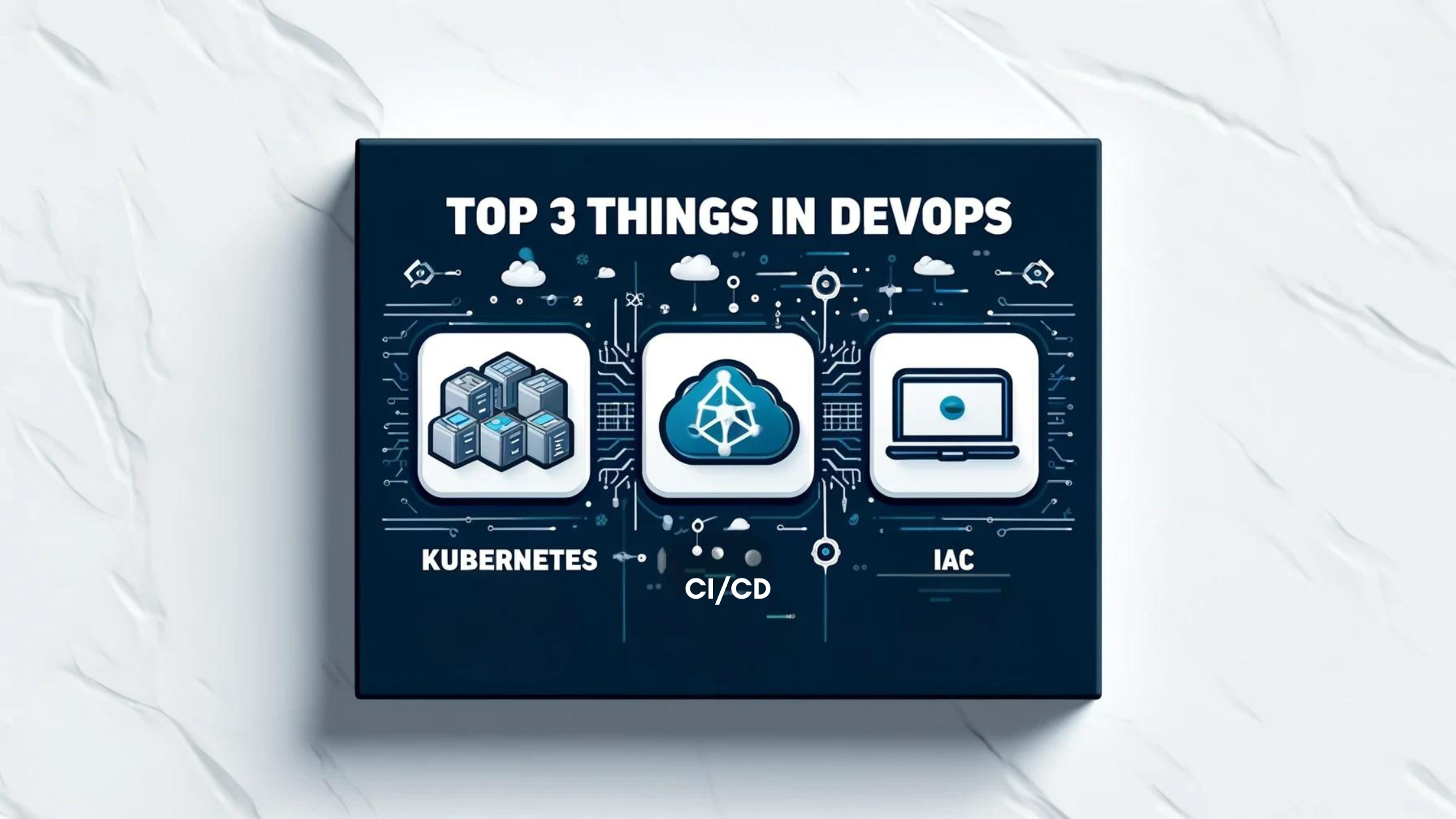The world of DevOps is ever-evolving, and staying ahead of the curve means understanding and mastering key components that drive efficiency and scalability. Today, we delve into three critical aspects of DevOps: Kubernetes, Continuous Integration/Continuous Deployment (CI/CD), and Infrastructure as Code (IaC). By focusing on these areas, you can significantly enhance your DevOps practices, ensuring robust and scalable software development and deployment processes.
1. Kubernetes: Orchestrating Containerized Applications
Keywords: Kubernetes, container orchestration, Kubernetes clusters, containerized applications, Kubernetes deployment
Kubernetes has revolutionized the way we manage containerized applications. Here are the top points you need to know about Kubernetes:
- Container Orchestration: Kubernetes automates the deployment, scaling, and operations of application containers across clusters of hosts. This orchestration simplifies the management of containerized applications, making it easier to scale and maintain.
- Scalability and High Availability: With Kubernetes, you can ensure high availability of your applications through its powerful scaling capabilities. Kubernetes clusters can automatically adjust the number of running containers based on demand, ensuring your application is always available.
- Efficient Resource Management: Kubernetes optimizes resource utilization by scheduling containers based on their resource requirements and the available capacity in the cluster. This leads to better performance and cost-efficiency.
2. CI/CD: Streamlining Software Development
Keywords: CI/CD pipelines, continuous integration, continuous deployment, DevOps automation, CI/CD tools
Continuous Integration and Continuous Deployment (CI/CD) are foundational practices in modern DevOps. Here’s what you need to know:
- Continuous Integration: CI involves the frequent integration of code changes into a shared repository. Automated builds and tests ensure that new code integrates smoothly, reducing the risk of integration issues and bugs. Popular CI tools include Jenkins, CircleCI, and Travis CI.
- Continuous Deployment: CD automates the deployment of applications to production environments. By automatically deploying code changes that pass the CI tests, CD minimizes manual intervention, accelerates the release process, and ensures faster delivery of features and fixes.
- Pipeline Automation: CI/CD pipelines automate the entire software delivery process, from code commit to deployment. This automation enhances consistency, reliability, and speed, allowing development teams to focus on innovation rather than manual tasks.
3. Infrastructure as Code (IaC): Managing Infrastructure with Code
Keywords: Infrastructure as Code, IaC tools, infrastructure automation, Terraform, AWS CloudFormation
Infrastructure as Code (IaC) is a transformative approach to managing infrastructure through code. Here’s why it’s essential:
- Declarative Configuration: IaC allows you to define your infrastructure in code, which can be versioned and reviewed just like application code. This declarative approach ensures consistency and reproducibility across environments.
- Automation and Consistency: By automating infrastructure provisioning and management, IaC eliminates manual configuration errors and ensures that environments are consistent. This leads to more predictable and reliable deployments.
- Popular IaC Tools: Tools like Terraform and AWS CloudFormation enable you to create, update, and manage infrastructure using code. These tools support various cloud providers, making it easier to manage multi-cloud environments.
Conclusion
Mastering Kubernetes, CI/CD, and IaC is crucial for any organization looking to enhance its DevOps practices. By leveraging these technologies, you can achieve greater efficiency, scalability, and reliability in your software development and deployment processes. Whether you are just starting your DevOps journey or looking to refine your existing practices, focusing on these three areas will provide a solid foundation for success.
For more in-depth insights and the latest updates on DevOps practices, subscribe to our blog and stay ahead in the ever-evolving world of DevOps.


